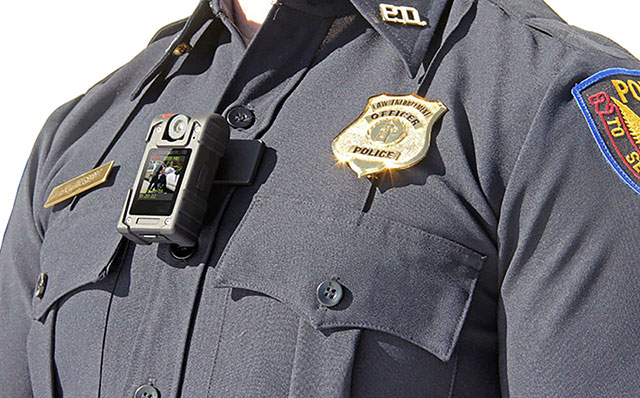BWC cameras record video evidence on an SD card similar to what you would use in a standard camera. That is part of the issue, most agencies and BWC manufacturers use off the shelf consumer SD cards to acquire and store video evidence without even realizing it. These types of SD cards are at very high risk of corruption. Consumer cards do not offer extended temperature support and are at risk of failure in both hot and cold climates. Standard SD cards will fail in several instances including being left behind in a hot car for just a short period. Most standard SD cards do not offer a Power-Fail feature or robust video acquisition firmware to keep from having corruption or overwrite issues. The testing and components used by consumer card manufacturers are not to the standard needed to provide a secure and robust BWC video storage solution.
The real question is how to protect crucial video evidence best on Body-Worn Cameras and ensure the proper video evidence gets from the camera to the courtroom? Agencies, BWC manufacturers, and surveillance companies can solve a lot of support and security issues by asking their current BWC supplier specific questions about the storage onboard their BWC camera. The first step is not to be so caught up on speed; these cards are all very fast. That said all SD Cards are not all equal, so it is important to design a card for your particular application. A few important questions to ask your BWC provider and ensure you have the best possible secure storage for your BWC application.
What operating/storage temp is your card supported, both heat/cold?
Does your SD card have a locked Bill of Materials (BOM)?
Does your SD card use TLC, MLC, or SLC flash?
Can you lock your SD card to one specific camera for security purposes?
Can your SD card protect against accidental deletions?
Do you have a power-fail feature?
Again be sure to look deeper than basic specifications such as read/write speeds, sometimes the fastest card may not be the best card for your application. Understanding your overall application and how it accesses the flash within the SD card itself is much more important. Understanding your overall BWC application demands and lifetime expectancy of your BWC camera is crucial to both protecting key video evidence as well protecting the agencies investment. Securing the video until transferred to a more secure and permanent location is the biggest question facing the BWC community, and they don’t even know it yet.


Recent Comments